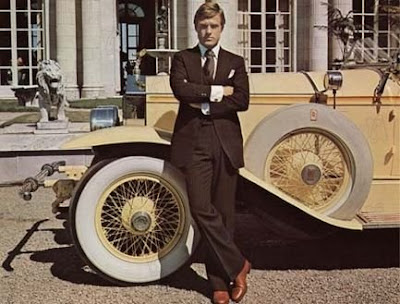Print the following stories The Life You Save May Be Your Own http://faculty.smu.edu/nschwart/2312/lifeyousave.htm A Good Man is Hard to Find http://pegasus.cc.ucf.edu/~surette/goodman.html While reading it, look for archetypes, allusions, and reoccurring images. Look for other striking literary devices as well. Lastly, note elements of style of this amazing southern author. You will get points for your notes ON your print out, so every paragraph should be laced with them.
